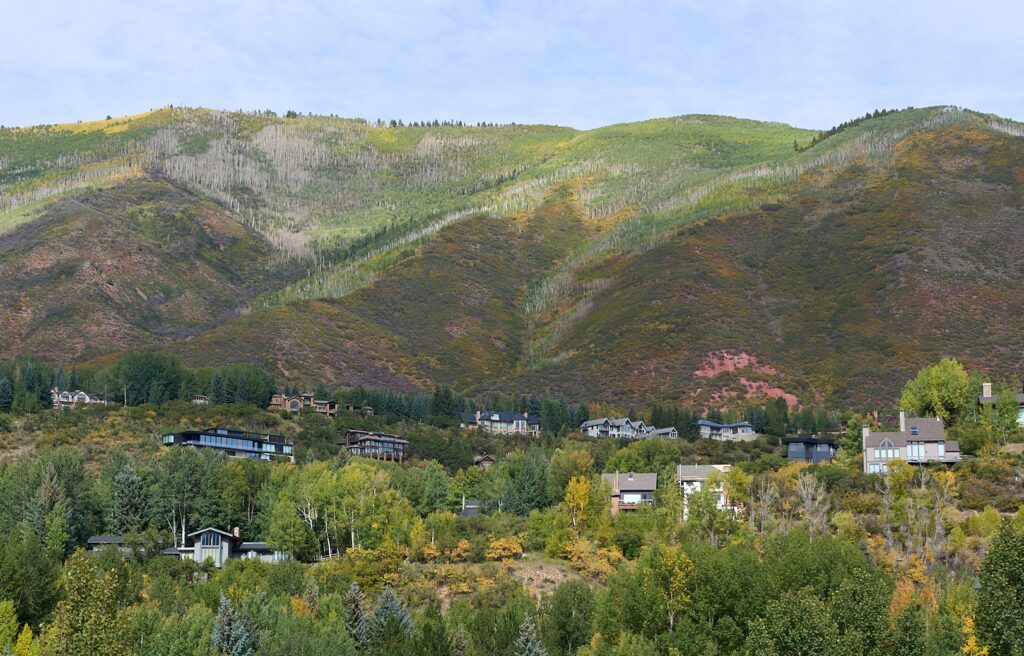An Eye on the Roaring Fork River in Aspen
ACES Staff
July 23, 2015

ACES has a new tool that measures streamflow on the Roaring Fork River in Aspen!
In November 2014, ACES, in partnership with the City of Aspen, installed a gauge on the Roaring Fork River adjacent to the bridge connecting the old Powerhouse site with the John Denver Sanctuary. A real-time data dashboard is hosted on ACES website. The dashboard not only displays the data collected by the gauge, but also features photos that are taken twice a day at the gauge site. The data and photos will help us tell the ecological story of our valley and will be highlighted throughout ACES’ Forest Health, Naturalist, and Education programs. The dashboard makes the information accessible to the public, and we hope it will become a community resource to asses river conditions as they relate to a variety of interests.
The photos collected at the gauge site allow us to see the visual story of the data unfold. For example, below you can see the difference between high water (over 1600 cfs June 18) and lower water (below 100 cfs August -April). The photos also serve as a record for phenological events, such as when leaves open in spring and begin to fall in autumn.
|
|
|
Low flow on April 13, 2015 at 49 cfs |
Check the dashboard out and play with it! The graph function allows a user to focus on a specific date and/or look at longer time periods. The screenshot of the dashboard below shows the data collected from the Aspen gauge displaying this season’s runoff in cubic feet per second (cfs).
 |
This graph illustrates how the river’s natural flow is almost completely dictated by snowpack and temperature. Even big rain events are barely discernible on the graph. Each day the graph depicts a daily rise and fall in flow, a result of the daily warming and melting of the high country snowpack in the headwaters up Independence Pass. The daily melting does not begin to impact the gauge in Aspen until about 7 p.m. At that time it begins to rise, hitting its high flow around 4 or 5 a.m., more than 12 hours after melting occurred.
This season is particularly interesting because between June 3 and July 20, the upper Roaring Fork River and its tributaries were not diverted to the eastern side of the Continental Divide (the other side of Independence Pass) via the Twin Lakes Tunnel. This tunnel historically diverts between 300 and 600 cfs during peak runoff. This year, numerous spring storms meant that water supplies were plentiful enough so that no diversions were needed from the upper Roaring Fork. Consequently, what seemed like high water, was really just the river’s natural flow cycle absent of diversions, something many locals can’t remember seeing for decades. Twin Lakes Tunnel gauge data is available here.
There will be many other stories like this to tell in the coming years, drawing from the gauge data and photos. Forest health, diversion activity, timing of runoff, water accountability, and dust on snow events are just a few of those stories we look forward to exploring. We hope the gauge brings the river to life for our community and that the accessibility of the data will help us all pay attention to its flow and its health.
~ Jim Kravitz, Naturalist Programs Director
Related Content

RFV Phenology: Green is out, yellow is in! Or is it?
Learn More
ACES // City of Aspen Open Space Birding: Marolt Open Space 9/5/2024
Learn More

